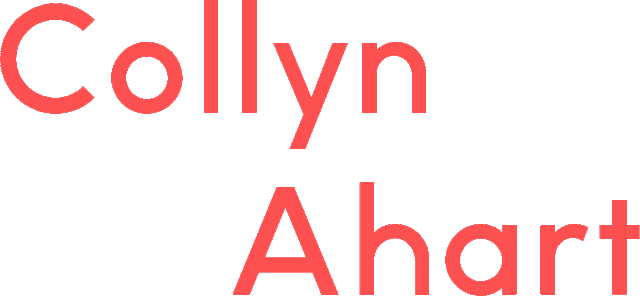A founder's playbook: Lessons from what I did wrong
It’s taken me far too long to face this question honestly and openly, but I realise how useful it might be for people who are also starting their own companies, trying to create a brand, or just merely out of curiosity and the desire to learn.
My primary difficulty in accepting my own failings with Bowndling is that the list of things I would do differently are what I’ve come to believe are a playbook for success. And I did every single one of them wrong.
If you don’t know already, in 2013 I founded a women’s adventurewear company called Bowndling. It didn’t work out.
If I re-created the company now, I would do the following (all of which I didn’t do, by the way):
Launch with one, single-minded product.
It would have been a halo product representative of what the brand stood for and what I most believed in. If it was a hit, I’d know the brand was onto something. If it was a miss, it would have only been one product and I could have moved on with my life. In the case of Bowndling, this would have been a rain jacket. Instead we launched with 12 different products and only one of them was vaguely successful. The best example I can think of that did this properly was LostMyName book, by the now named Wonderbly.
Create a communications/community platform first.
It would have been a solid test of the cultural opportunity, learning what people want and how best to create it. It would have also provided the necessary time to develop a first product, if indeed that’s what it lead to. The best example to do this was Into The Gloss and the subsequent brand Glossier.
Get proof of product-market-fit
Through both Kickstarter (if no one backs you, don’t do it — as bitter a medicine as that might be to swallow), and extensive prototyping and consumer feedback. I cannot stress how important these two things are.
Not get seduced into thinking the brand is a part of an industry it isn’t.
I was seduced by the fashion world almost from day one. I hired an expensive (for us) ‘financial advisor’ with deep connections to the fashion industry because I believed his contacts would be put to use. They weren’t. We wasted a lot of time, money and energy trying to connect with a fickle industry.
Focus on the passionate core customers.
We did have some incredibly passionate fans and customers. They were into the outdoors and felt underserved by the category. They were driven by their passion for outdoor activity, not fashion or trends. I didn’t pay enough attention to them until it was arguably too late.
Base the brand idea on a clear, singular story from the beginning.
Make it utterly clear what the product is for and what it represents. No fence-sitting or “we’re for everything and everyone” thinking.
Get the name right.
Simple to say, simple to spell, and utterly memorable. It’s challenging when faced with intellectual property lawyers telling you no name is available, but it’s absolutely crucial to get this right. People need to be confident they’re able to write and read, recall and request your brand by name. “Bar call” — as they say in the drinks category — is often the currency of a new brand.
Be dispassionate.
Rein in the enthusiasm and passion with some serious bullshit checks. Maybe that’s finding a partner or advisor who will stand up to you — but also who you will actually listen to. I know my enthusiasm sold people on my idea, which was exactly what I intended it to do. But the smart founder would have taken a more cautious approach and focused on the weaknesses, not the strengths.
Do as much as possible on your own until you’re absolutely at maximum capacity.
This also means funding. Crowdsource, Kickstart, dig into your savings if need be - but hold fire when it comes to raising money until after you have proof it's going to work. I know now I could have built our own website. Sure, it would have been different, but it would have worked. I could have figured out how to run email campaigns on my own. I could have run most of it out of my bedroom. But I was too quick to want to “be a business” before it actually was.
Take as long as possible to make sure you hire/partner with the right people.
Again I think I’ll blame my enthusiasm, but the people you build your company with are the most important decisions you’ll make. Take a couple months to interview and hire someone. Take a couple years to get to know someone before you partner with them. Make sure you want the same things, and have complementary skillsets. Hire people who are better than you. Hire people who have skin in the game.
Keep the day job.
Until it’s making you more money than your day job, it’s your side project. Keep it that way. Either that or have a few years’ worth of salary in the bank. Financial stability is critical for success. By the end of Bowndling, I was practically homeless living in a friend’s house and unable to buy groceries. Don’t do that.
Ask yourself “Even if this fails, would I still do it?”
If your answer is no, then don’t do it. In retrospect, this was one of the only things I got right, but it still didn’t protect me from the heartache of failure at the time because I didn’t see the big picture and how much I would learn from the process.



